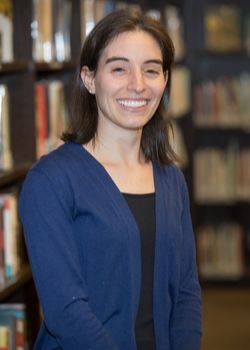The Jewish day school is itself quite a revolutionary concept. Historically, Jewish schools educated only the children of the elite and the young minds that held the most promise to become great scholars. Students spent daylight hours and beyond poring over Jewish texts, committing them to memory, and synthesizing them. This was the case in America, too. Most American Jews attended public school and those whose parents wanted them to have a Jewish education also attended some form of supplementary school. A small minority of Jewish children attended Jewish schools, which were modeled after European yeshivot.
Neither of these models helped young American Jews understand the intersection of their two identities. In response, the modern Jewish day school endeavors to do just that. For some, this means studying Jewish and general studies under the same roof but with distinct time barriers between Judaic studies (often in the mornings) and general studies classes. For others, it means that the class schedule allows for Jewish and general studies courses to be interspersed throughout the day. And for others still, this means complete fluidity between the areas of study, with the same teachers teaching all subjects and with blurred lines between those subjects.
In a recent session of our MAEd curriculum course, a student wrote that it is our responsibility as educators to prepare our learners for the “balancing act” of living Jewish lives within an American context. Another shared that we are obliged to educate against the compartmentalization of identities and help students understand how to integrate the two. The consensus among the students in this class was the overall positive impact integration, in any of its forms, can have for young Jewish learners. Of course, making material relevant, meaningful, and accessible can have immeasurable impact on learning.
Successful integration requires cooperation among teachers and the removal of the silos often found in day schools. In some ways, the challenge is greater today as we sit behind our computer screens, masks, and face shields. In other ways, learning pods and virtual learning have opened up the door for less structured learning and more blurring of subject lines, time for personal exploration, and meaning making. As teachers, we must capitalize on this moment in history to ensure relevance, meaning, and identity-strengthening for our learners. As educational leaders, it is our duty to model integration through school culture and actively bridge gaps among departments.
Our students at AJU are continuing to think about how to help their learners navigate their American Jewish identities within day schools, camps, supplementary schools, and youth groups. They are eager for their learners to feel a sense of being whole and complete, prepared to tackle the challenges that will no doubt emerge because they carry with them the tools they learned.
This is just one snapshot of a class at the Graduate Center for Jewish Education. Visit our website for more information on our programs, courses, and how to apply!

